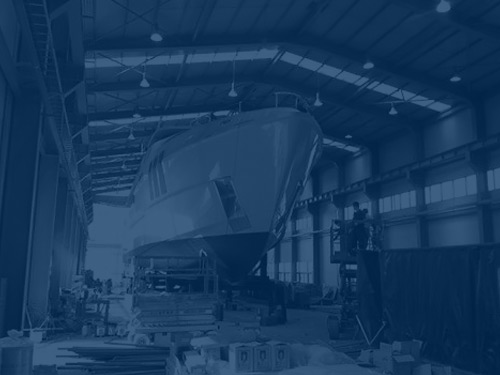The Global Challenge round the world yacht race was the brainchild of Sir Chay Blyth. He set up a company, Challenge Business in 1989 and went in search for high profile sponsors. The first race had 10 entrants in 1992/3 and the title sponsor was British Steel and each of the 10 identical steel-hulled 20 m racing yachts were individually sponsored and had a crew of 13 plus a skipper.
The first challenge winner was Nuclear Electric, skippered by John Chittenden with a journey time of 151d 11h 49m 11s. Mike Golding took a very close second place just 2hrs 10m 20secs behind him with his Group 4 racing yacht. Mike went on to win the second Global Challenge in 1996/7, this time winning with over a 2 day lead on second-placed Simon Walker and his Toshiba racing yacht. For this race and the next, BT (British Telecom) was the title sponsor.
The third race in 2000/1 was won by LG Flatron, skippered by Conrad Humpreys and the fourth and final Global Challenge in 2004/5 was won by BG Spirit, skippered by Andy Forbes. For the third and fourth challenges, a new fleet of 22 m steel cutters was used.
Each yacht was crewed by ordinary men and women who paid to take part. The race took the westabout route around the world, which is very tough as they sailed against prevailing winds and currents. The most dangerous leg was around Cape Horn and through the Southern Ocean where wind speeds can reach up to 70 knots (130 km/h).
The race route covered a distance of a very challenging 29,000 nautical miles (54,000 km). The route varied some over the years but in 2004/5 started from Portsmouth (United Kingdom) then went on to Buenos Aires (Argentina), Wellington (New Zealand), Sydney (Australia), Cape Town (South Africa), Boston (United States of America), and La Rochelle (France) before finally returning to Portsmouth.
The Global Challenge was the most demanding and difficult yacht race in the world. It wasn’t just a test of physical and mental endurance for the amateur sailor crews, but also the ultimate test for the yachts themselves. During the first race in 1992/3 several yachts experienced serious rigging screw failures. British Steel II, skippered by Richard Tudor was de-masted in the Southern Ocean. They had won the first leg of the race, but due to this mechanical failure, they needed to motor sail to Hobart using their Jury Rig.
The second race saw 2 yachts have serious rigging issues too. Concert, skippered by Chris Tibbs was dismasted in the Southern Ocean and Pause to Remember, skippered by Tom O'Connor, snapped their boom halfway between Sydney and Cape Town.
The fourth and final Global challenge saw several medical emergencies occur on 3 of the competing yachts. The most serious of which was on board Imagine It. Done. Dr Roche, a crew member, saved the life of fellow crew member John Masters together with assistance from other yachts from the fleet and Westpac Rescue.
It is not surprising that the race earned the motto “The World’s Toughest Yacht Race” and considering the dangers and dramas that unfolded, the event had a very good safety track record overall despite several serious moments.
The officially appointed charity for the races was Save the Children and The Global Challenge race patron was HRH The Princess Royal.
Scott Taylor and his team of expert superyacht painters fully-faired to full racing specifications the newly built 72ft steel racing yachts constructed at DML Dockyard (Devonport Management Limited), Plymouth, UK in 2000.





